Join Your Neighbors on the Solstice for Make Music New York
Today, Monday, June 21st, Make Music NY rings in its 15th year celebrating the Summer Solstice with music across the five boroughs. For Upper West Siders, this means you have three outdoor 'venues' to choose from including West 103rd Street and Broadway where the music is on tap all afternoon and into the evening. Also, in the nearby West 104th Street Garden at 8 W. 104th Street, you can catch my personal favorite, the Ukuladies at 5 PM.
I always love the long days of June leading up to the solstice, officially ringing in summer. After the year we've had, we deserve a little dancing in the streets and a glorious 'estivus for the rest of us' celebration.
Enjoy! Here's where:
Richard Tucker Park - 65th - 66th Streets, between Broadway And Columbus
- 6:30 PM - 7:30 PM: New York Mandolin Orchestra
West 103rd Street Open Streets Community Coalition - 230 W. 103rd Street at Broadway
- 2:00 PM - 4:00 PM: Chamber Music Center of New York
- 4:00 PM - 5:00 PM: Esther Crow
- 5:00 PM - 7:00 PM: Jean Ramirez
West 104th Street Garden - 8 West 104 Street
- 5:00 PM - 6:00 PM: SoHarmoniums featuring the Ukuladies
- 6:00 PM - 7:00 PM: Socially Distant Mini-Orchestra
- 7:00 PM - 8:00 PM: Ethan Mann Trio
Click on the image below for the full NYC listing of showtimes today.
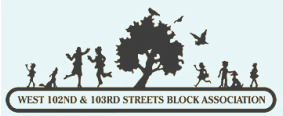

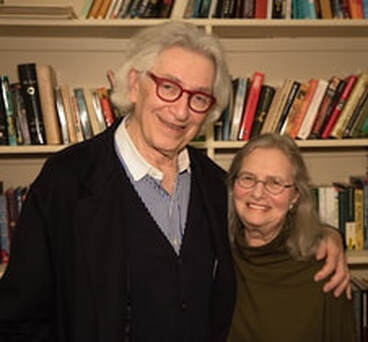
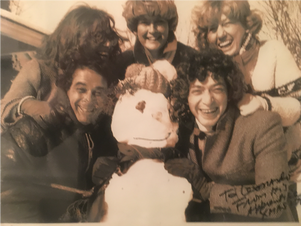
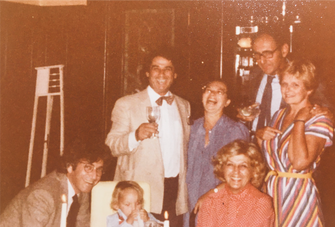
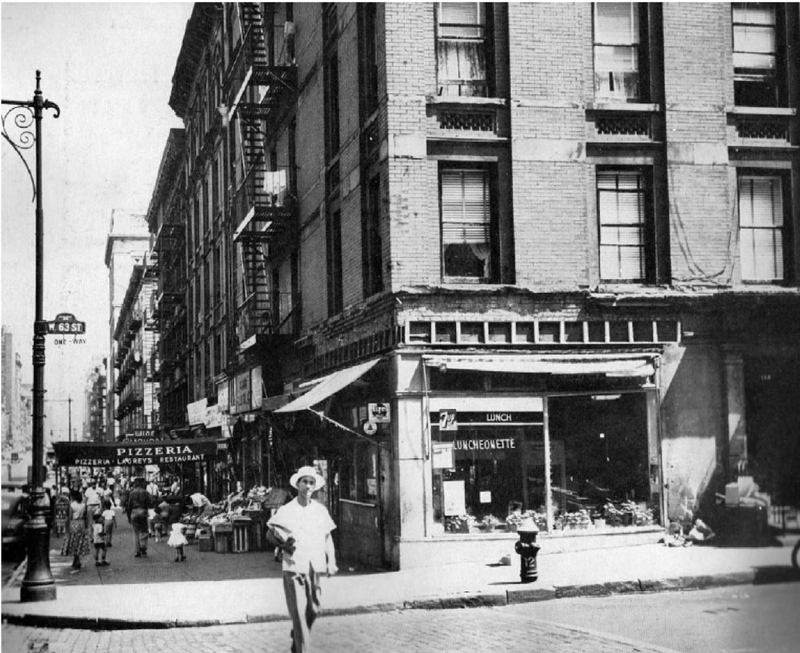
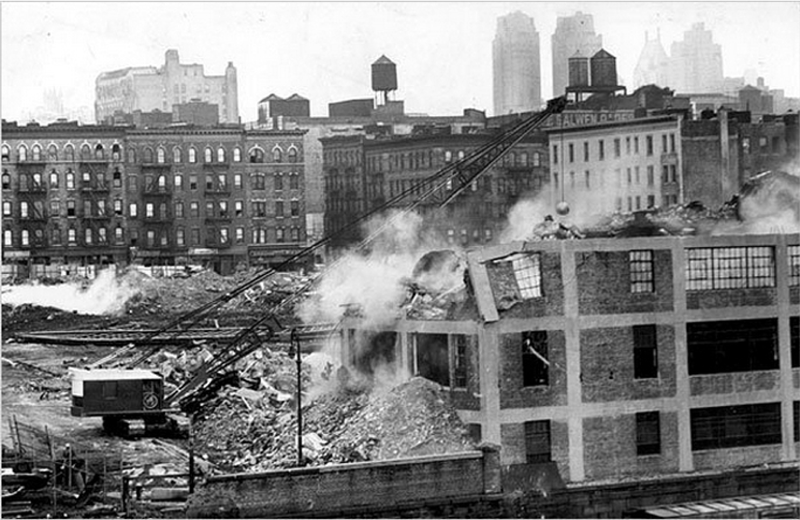
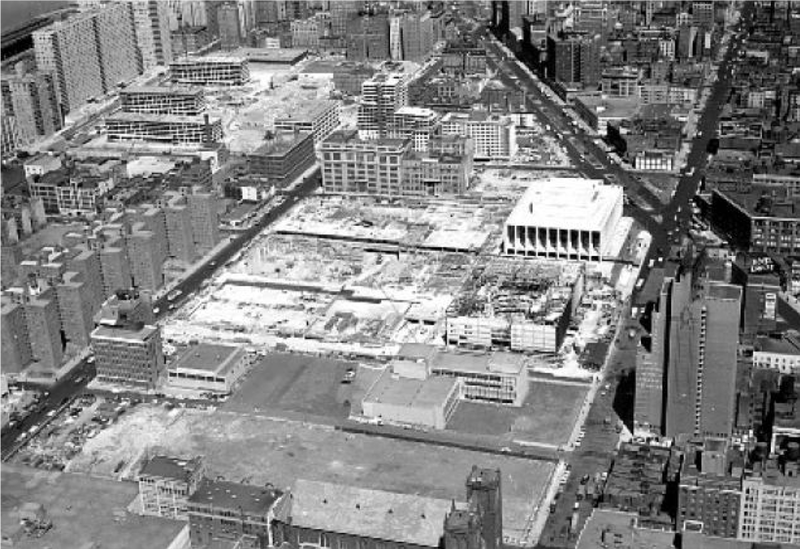
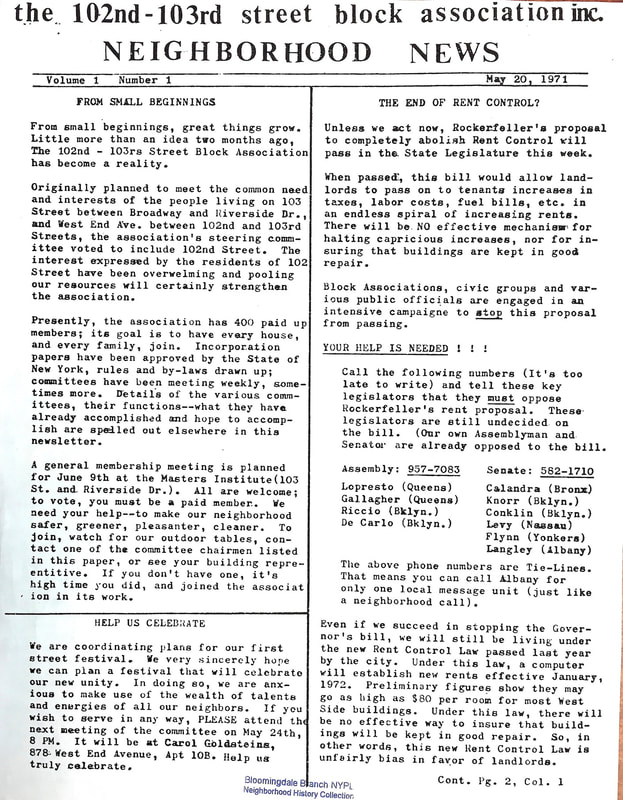
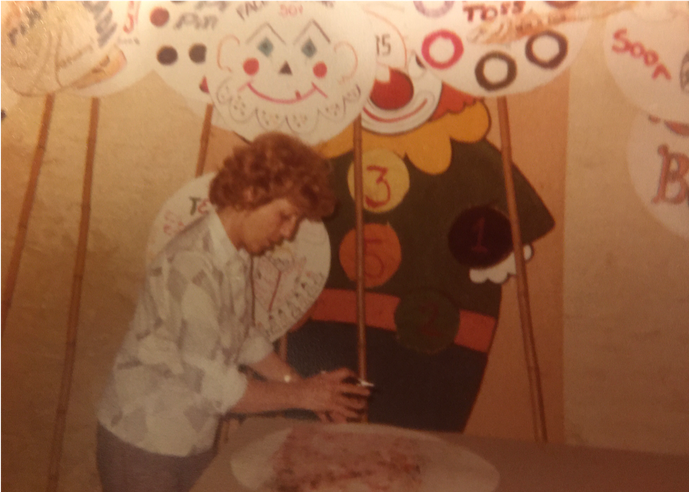
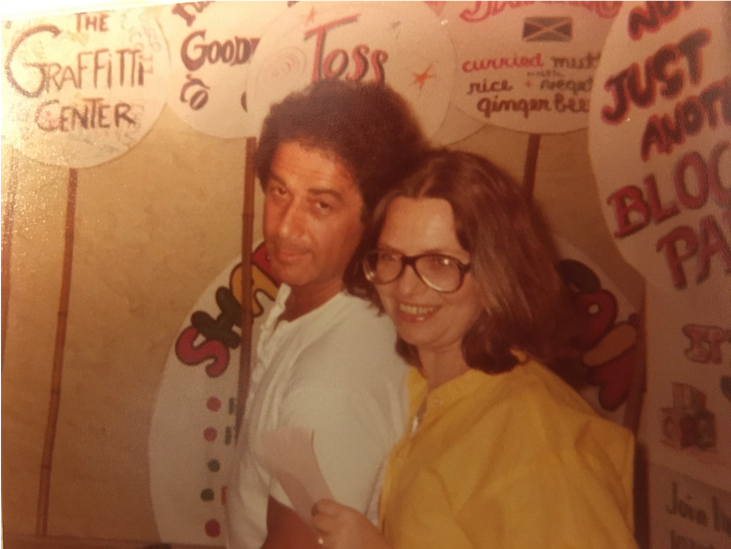
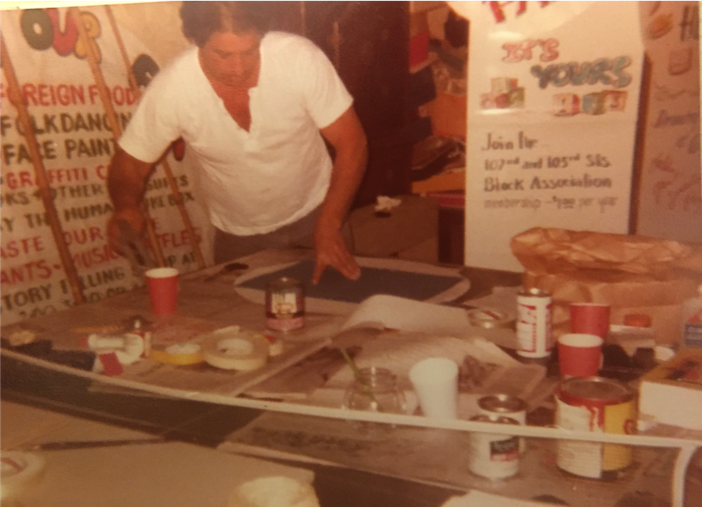
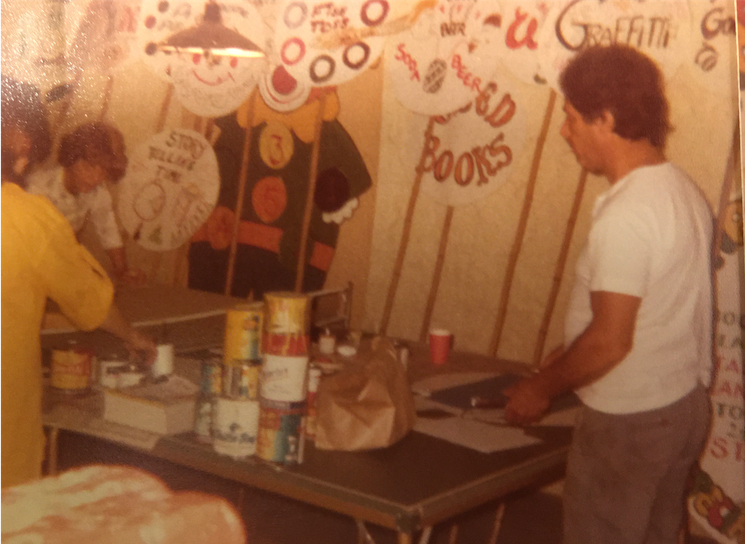
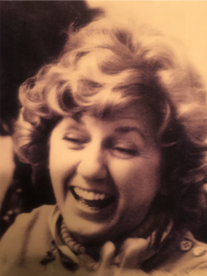
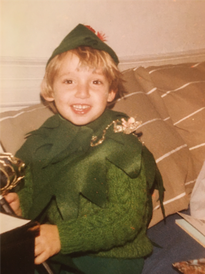
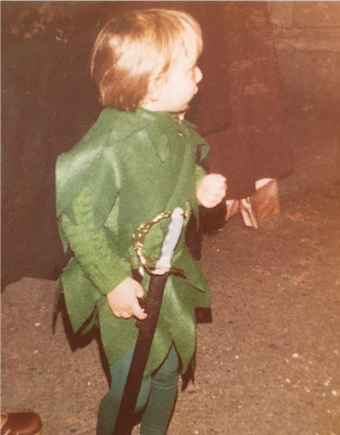
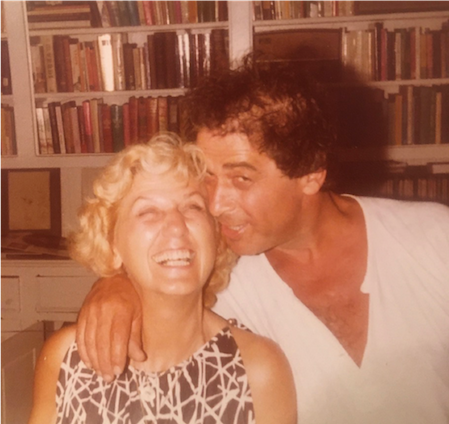
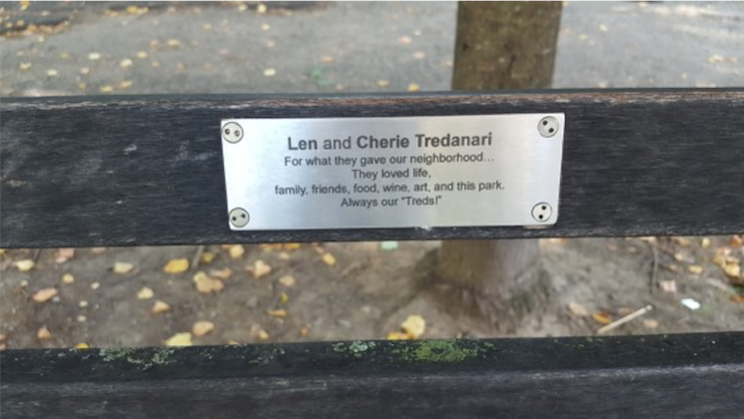
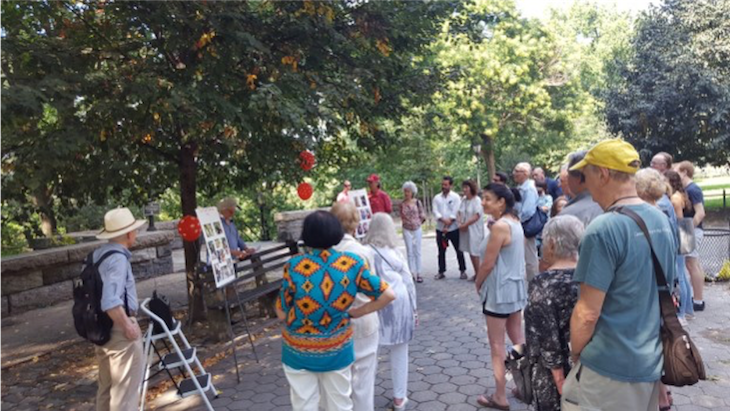
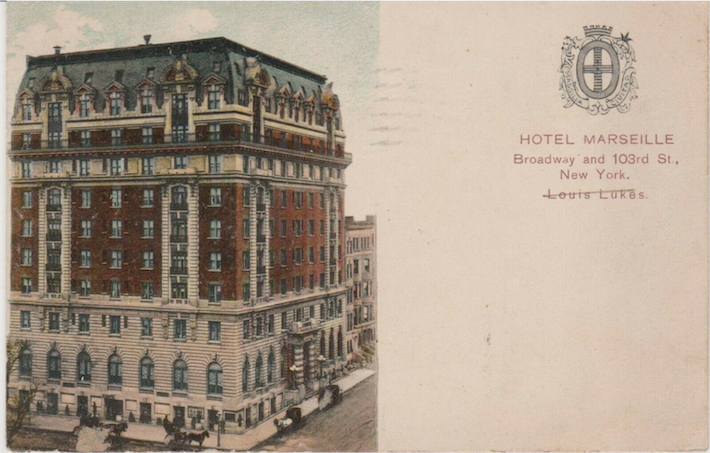
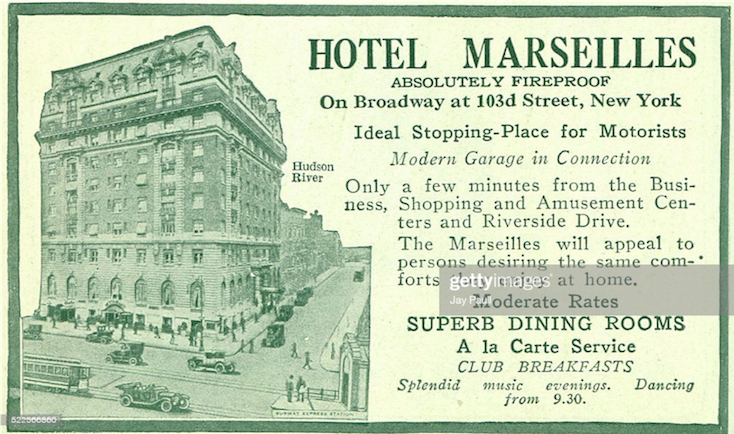
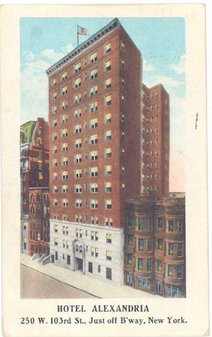
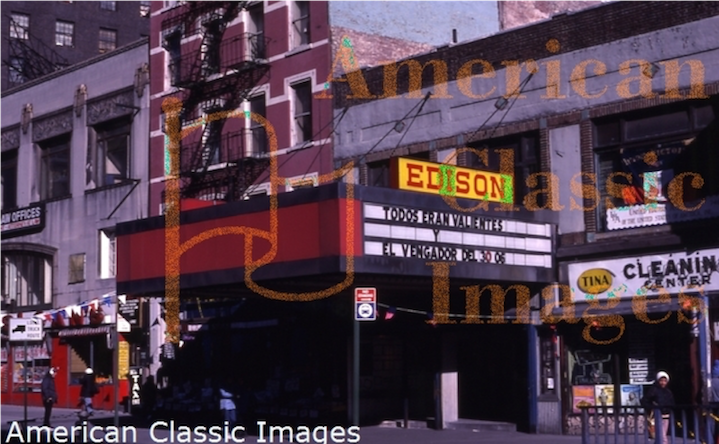
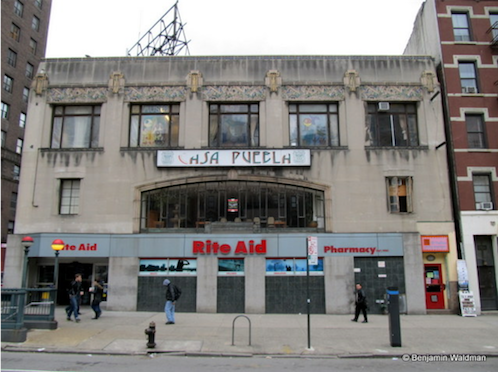
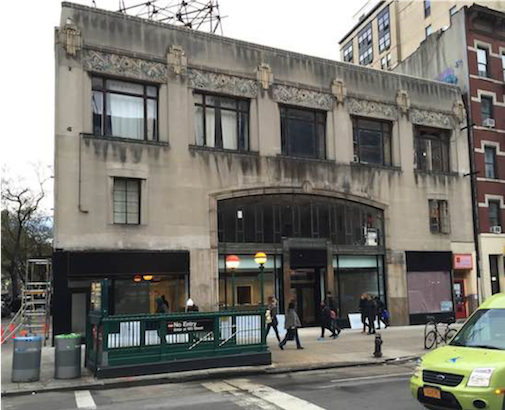
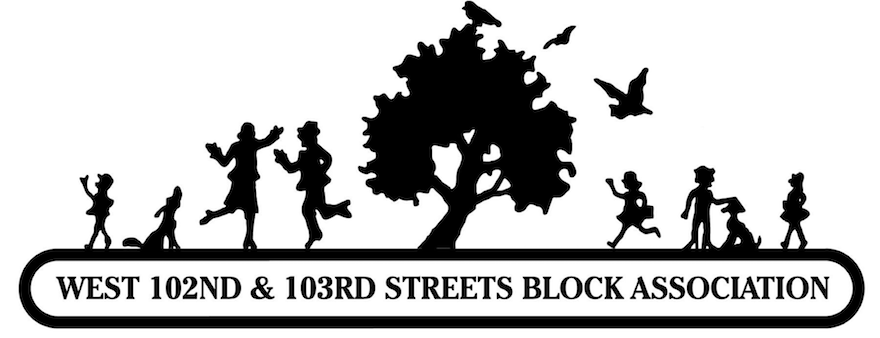
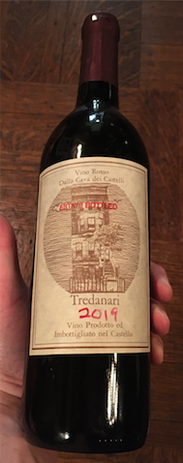
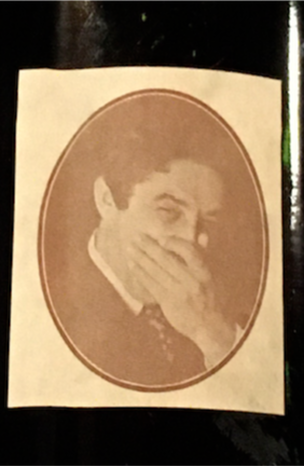
 RSS Feed
RSS Feed
